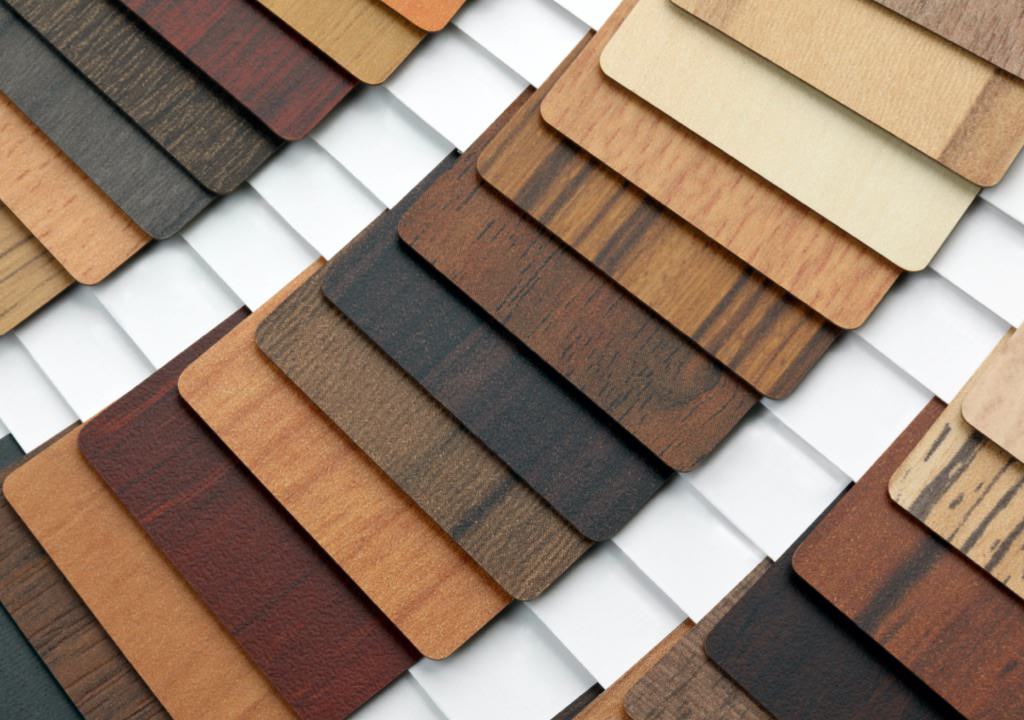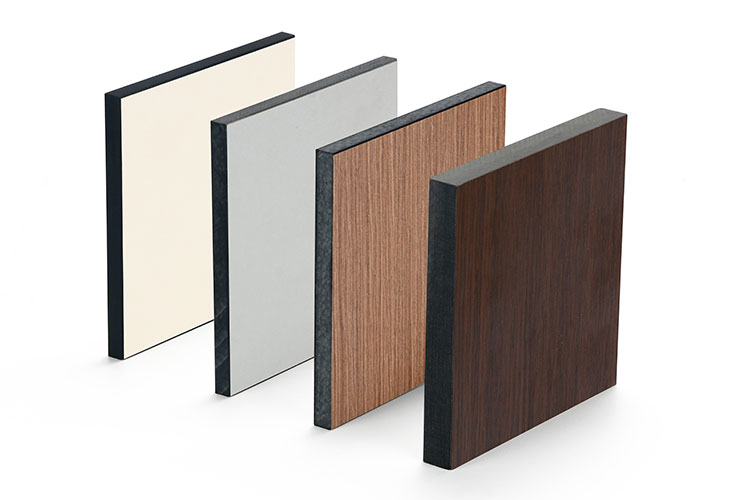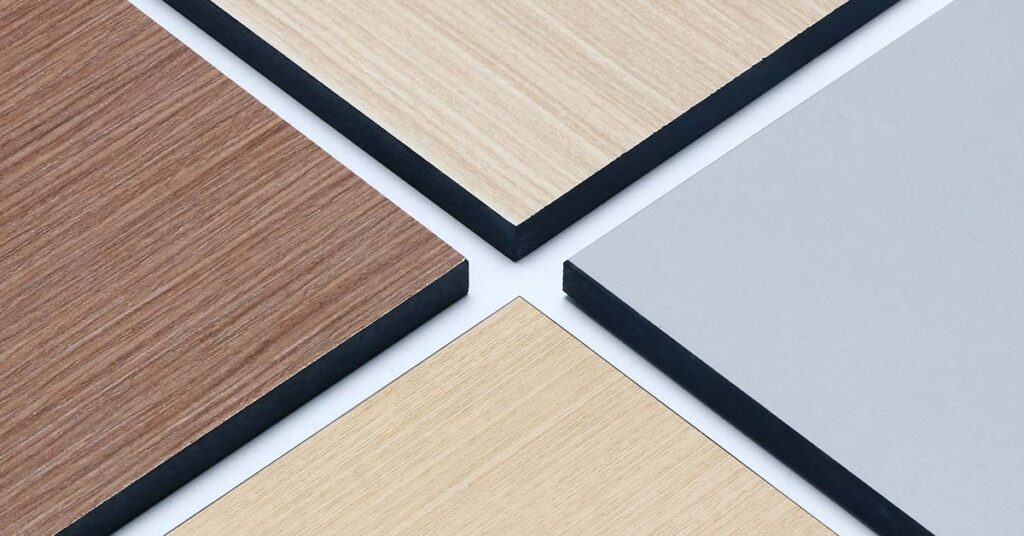Choosing the Right Material for Kitchen Furniture: MDF vs. Laminated Timber Panel
As a professional interior designer, the choice of materials for kitchen furniture is essential in achieving both aesthetic appeal and functional durability. When clients inquire about the best material for their kitchen cabinets and surfaces, they often consider two primary options: Medium Density Fiberboard (MDF) and laminated timber panel. Let’s go deeper into the characteristics of each material to help you make an informed decision for your kitchen design project.
Importance of Material Choice in Kitchen Design
The choice of material for kitchen cabinets and surfaces significantly impacts the overall look, feel, and durability of the space. Aesthetic appeal and functional durability must be balanced to create a stunning kitchen that can withstand daily use.
Understanding Laminated Timber Panel
For clients prioritizing affordability without compromising quality, laminated timber panel is an excellent choice. This material offers a cost-effective solution, often priced at a fraction of the cost compared to other options. Beyond its budget-friendly appeal, the laminated timber panel delivers exceptional durability, resisting scratches, breaks, and unsightly fingerprints. In a high-traffic environment like the kitchen, where spills and mishaps are inevitable, the robust nature of laminated timber panel ensures long-lasting performance and easy maintenance.
While laminated timber panel excels in practicality, it does have limitations in terms of customization. Unlike MDF, laminated timber panel cannot be intricately milled or adorned with elaborate designs. However, for clients seeking a sleek and minimalist aesthetic, the clean lines and smooth surface of laminated timber panel may align perfectly with their vision.
To explore laminated timber panel options for your kitchen project, consider reputable suppliers such as: https://cleaf.it/en/https://cleaf.it/en/ and https://www.egger.com/en/?country=US


Understanding MDF (Medium Density Fiberboard)
On the other hand, MDF panel offers unparalleled versatility and craftsmanship possibilities, making it a preferred choice for clients with a predilection for customization. Derived from raw materials, MDF can be expertly crafted and milled to accommodate various designs, from classic millwork in framed cabinets to intricate geometric shapes adorning cabinet doors and drawer fronts. This flexibility empowers clients to infuse their kitchen space with personalized touches that reflect their unique style preferences and design sensibilities.
However, it’s essential to recognize that MDF is a softer material compared to laminated timber panel, rendering it more susceptible to damage from impacts and physical contact. While proper care and maintenance can mitigate these risks, clients should weigh the trade-offs between design versatility and durability when selecting MDF for their kitchen furniture.
To explore MDF options for your kitchen project, consider suppliers such as: https://www.oppoliahome.com/mdf-kitchen-cabinets-a-depth-look/ and https://www.woodcadesign.com/.
MDF vs. Laminated Timber Panel: A Comparative Analysis
Price Comparison While laminated timber panels are generally more budget-friendly, MDF offers a broader range of design possibilities, albeit at a potentially higher cost.
Durability and Maintenance Laminated timber panels offer superior durability and lower maintenance than MDF, which may require more care to maintain its appearance and integrity.
Design Versatility and Customization MDF’s superior customization options allow for a more personalized kitchen design, providing the flexibility to incorporate intricate details and unique finishes.
Practical Considerations for Choosing Kitchen Materials
Environmental Conditions and Usage
Consider the kitchen’s environmental conditions and usage patterns when selecting materials. High humidity and heavy use may influence your choice between MDF and laminated timber panels.
Maintenance and Care
Evaluate the maintenance requirements of each material to ensure that your kitchen remains beautiful and functional over time, with minimal upkeep.
Design Trends and Material Selection
Current Trends in Kitchen Design
Explore how the latest trends in kitchen design influence material selection, focusing on sustainability, aesthetics, and functionality. This emphasis on eco-friendly materials, natural finishes, and durable solutions reflects a broader shift towards more conscious and practical kitchen spaces.
How Material Choice Influences Design Trends
Understand the role of material choice in setting design trends. Medium-density fibreboard (MDF) and laminated timber panels offer distinct advantages that cater to different design visions, highlighting the impact of material selection on the aesthetic and functional outcome of kitchen designs.

Case Studies: Successful Kitchen Projects
Exploring the Impact of Current Design Trends
Successful kitchen projects testify to how contemporary design trends significantly influence material selection. Projects prioritising sustainability, aesthetics, and functionality often choose materials that align with these values, such as recycled wood, bamboo, or materials that balance durability and visual appeal.
Material Choice Shaping Design Trends
The choice between materials like MDF and laminated timber panels demonstrates their role in shaping and following design trends. MDF’s affordability and smooth surface make it suitable for modern and minimalist designs, while laminated timber panels, known for their durability and natural beauty, align with trends preferring authentic and resilient materials.
Striking the Perfect Balance
The choice between MDF and laminated timber panel hinges on finding the perfect balance between affordability, durability, and design flexibility. While laminated timber panel offers cost-effective resilience, MDF unlocks creative possibilities. By understanding the unique attributes of each material and leveraging reputable suppliers, you can craft a kitchen space that seamlessly combines practicality with personalized style, elevating the heart of your home to new heights of interior design excellence.
